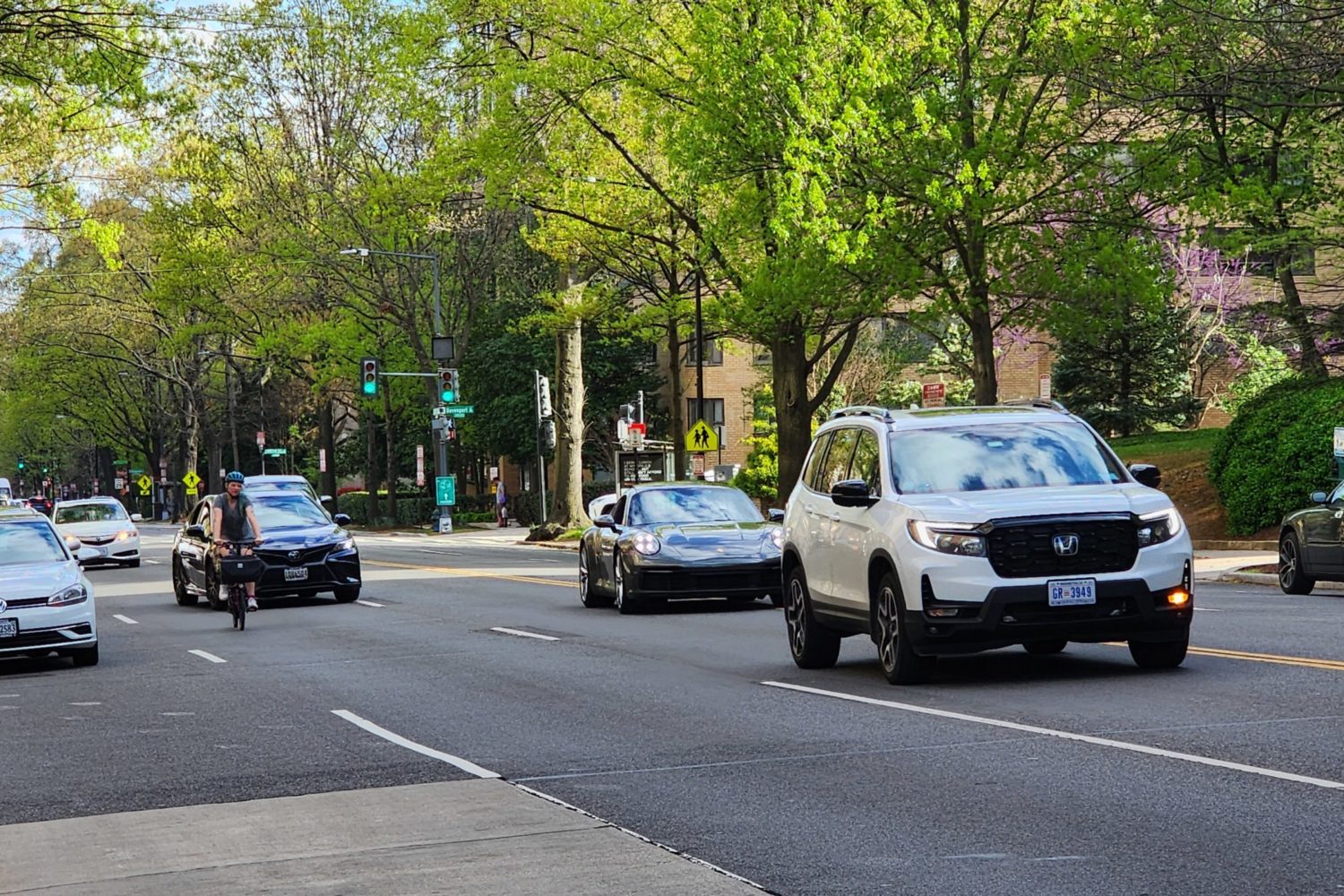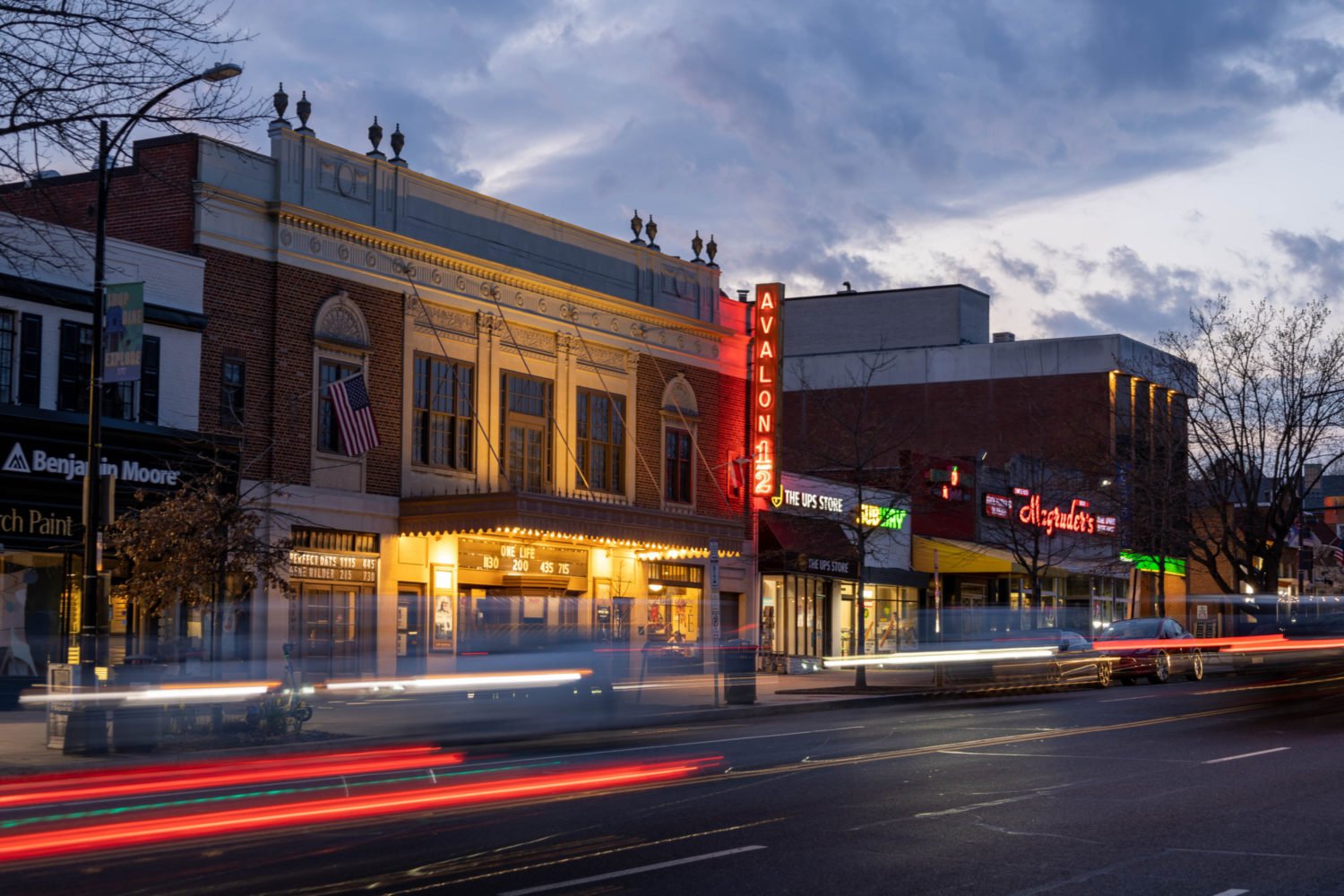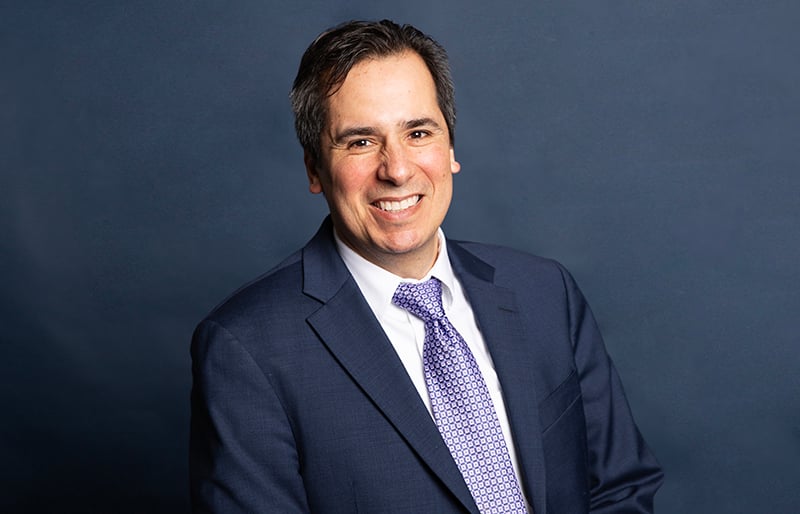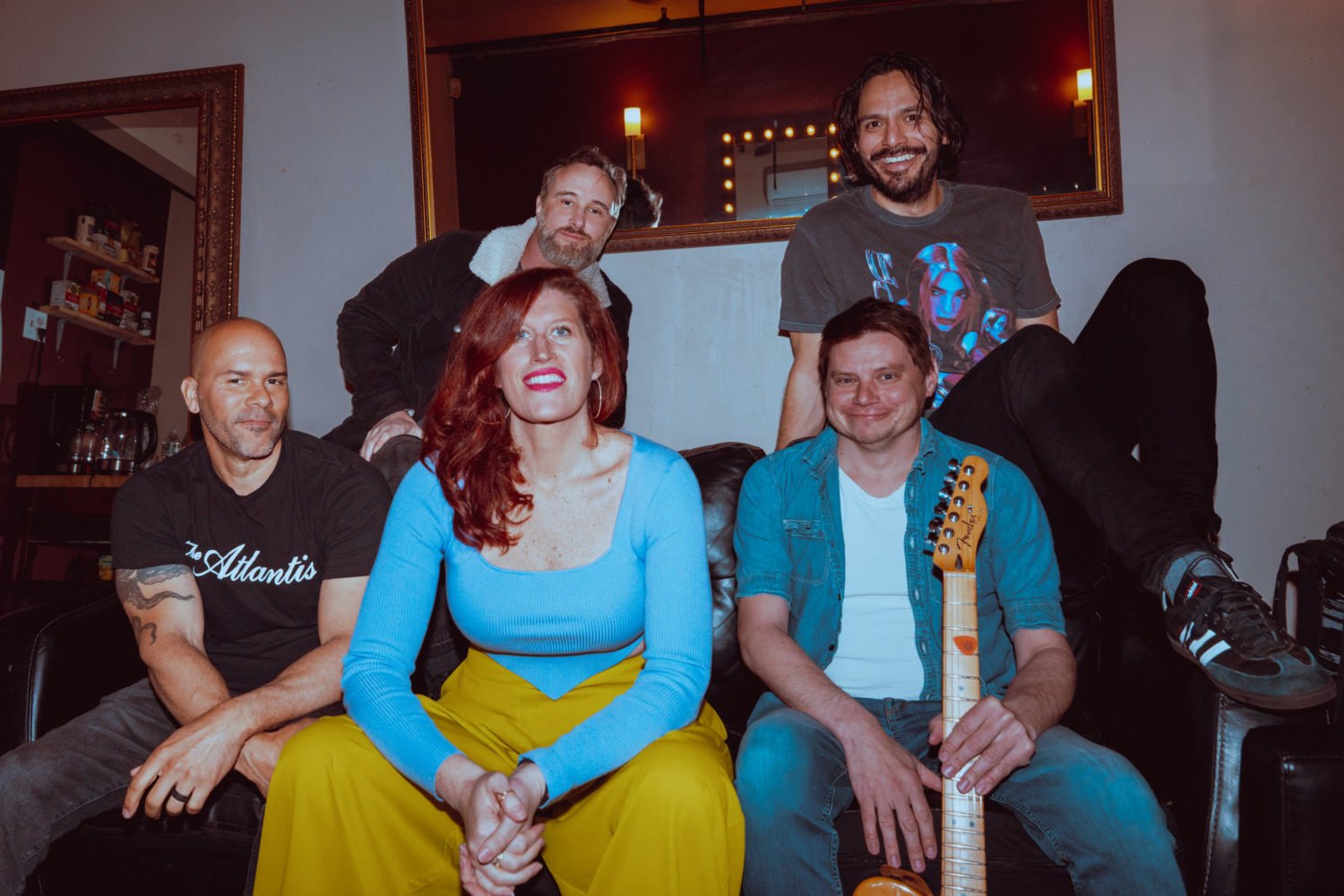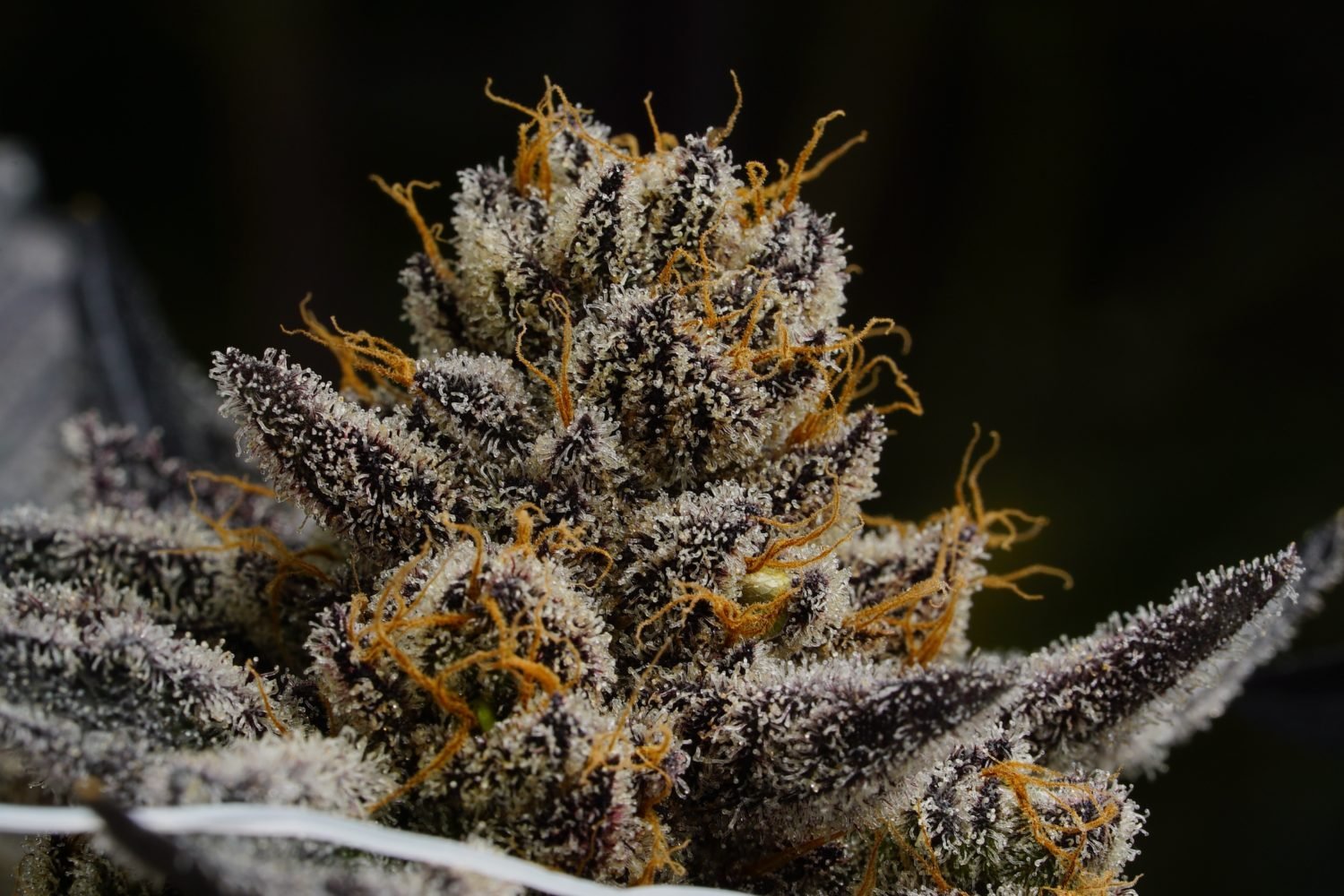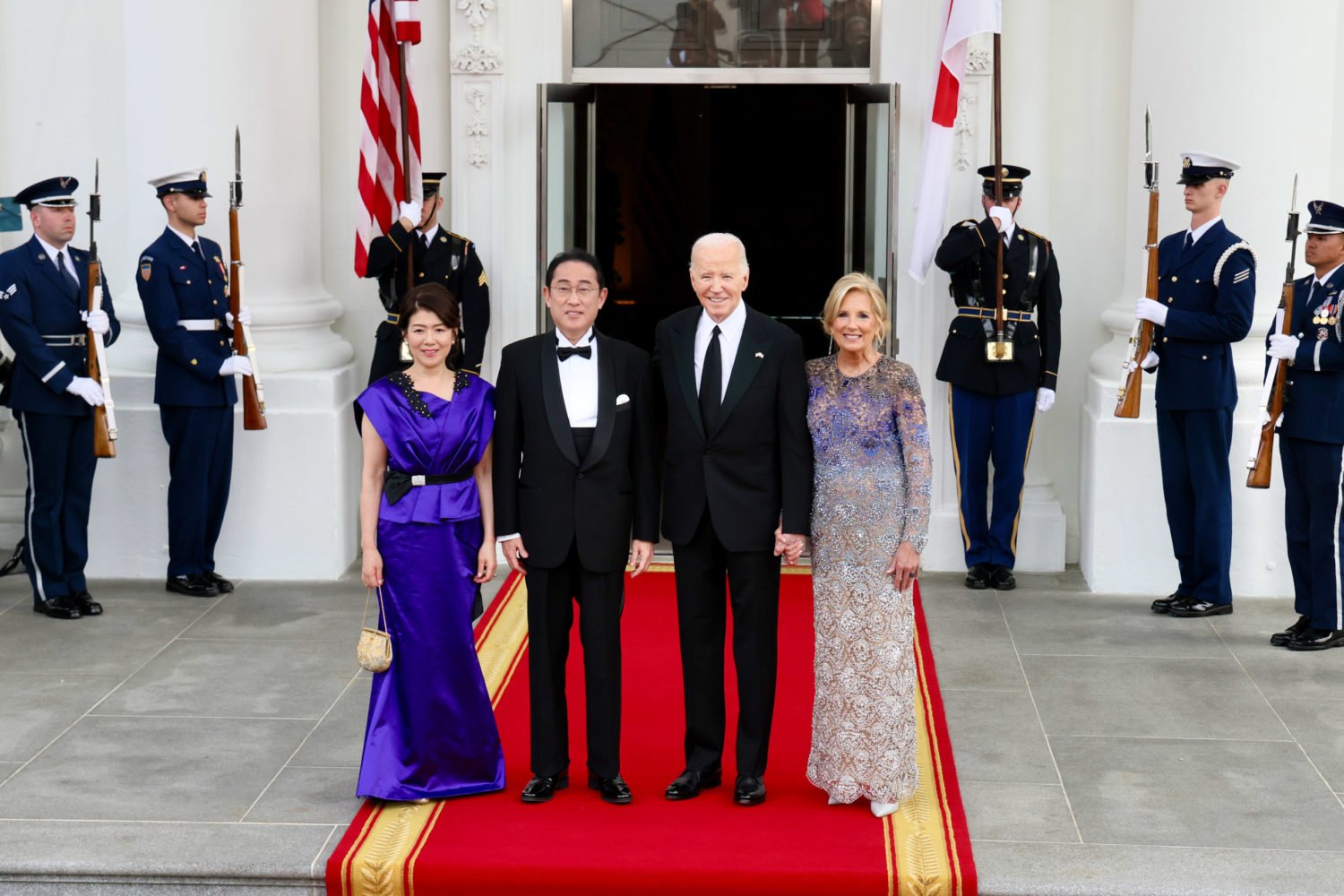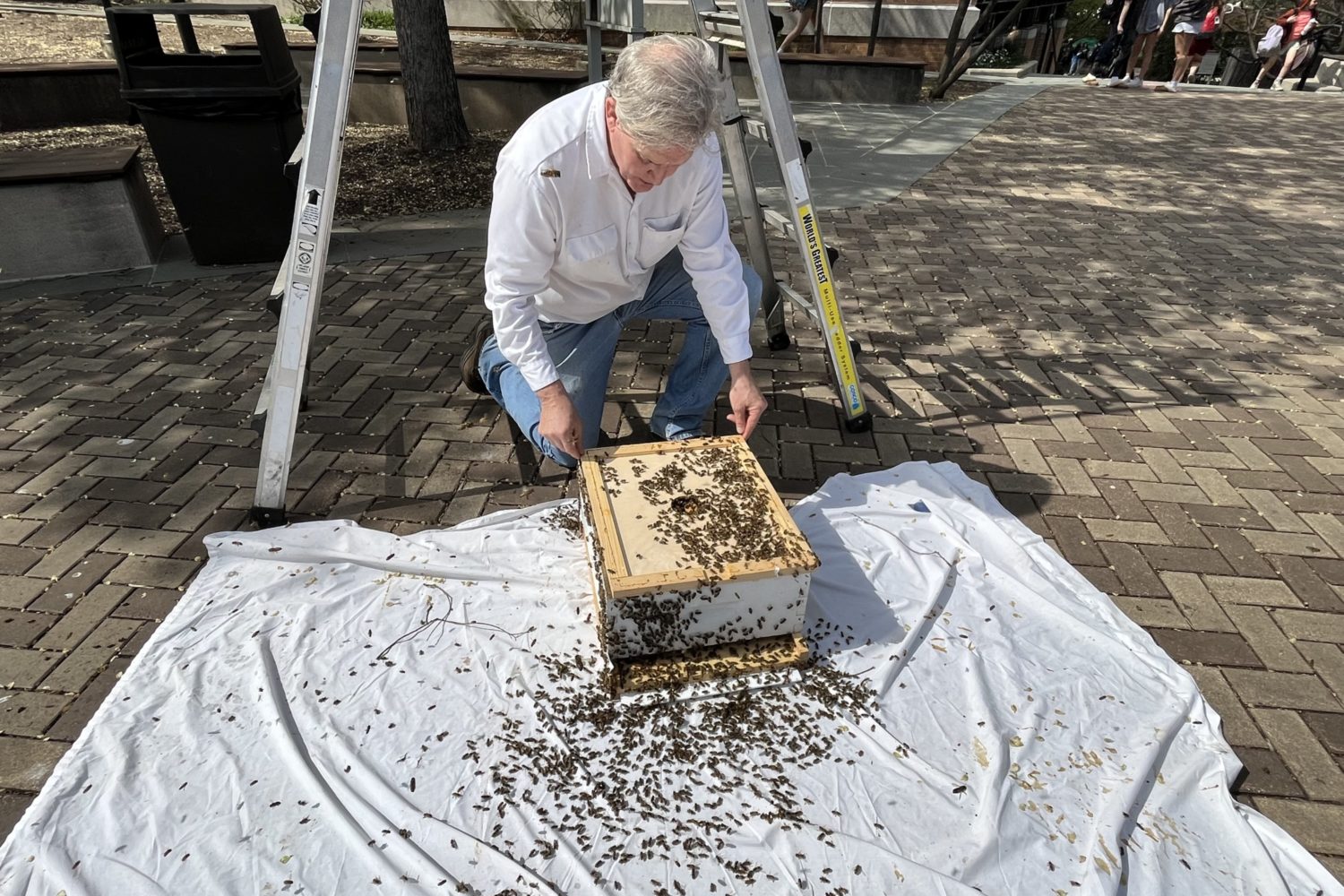Jacob Lawrence's pictures tell stories. his art is personal and intimate, some pieces uplifting, others gut-wrenching. They are not intellectually demanding in the way that an abstract work might make you reach for image or meaning. Nor are they didactic, as much social realism can be. The people in Lawrence's paintings build and plant and dance and play pool and labor–they always labor. His paintings can enlighten and disturb at the same time. They have the power to change you. One has changed me.
In 1980 President Jimmy Carter invited Lawrence to the White House to honor him for protesting racism in his paintings. The artist declined. "I never use the term 'protest' in connection with my paintings," he said. "They deal with the social scene. They're how I feel about things."
It was Lawrence's feelings, poured into painting, that captured my parents as they strolled along the Atlantic City boardwalk in 1964. As my mother remembers it, they stopped in to browse in the Terry Dintenfass Gallery. They had no idea that Jacob Lawrence had been born in Atlantic City or that his art was being exhibited elsewhere. They simply were smitten by a painting called "Taboo."
"We bought it right off the wall," says my mother, Zelda. My father's name was Josef, but with us children she referred to him as Dad. "Dad didn't buy what was fashionable. He bought what he liked, and we loved that painting. Even beyond the subject, it's a wonderful painting. The colors are beautiful."
In "Taboo," Lawrence painted a double wedding–two couples, side by side, like a formal portrait. One couple is a black bride and a white groom; the other couple is the reverse, a white bride next to a black groom. When Lawrence painted it in 1963, intermarriage was illegal in many Southern states. Hanging on a wall of our home in Philadelphia, "Taboo" worked its way into my head and heart.
"Taboo" will be among more than 150 works on display at the Phillips Collection's retrospective, "Over the Line: The Art and Life of Jacob Lawrence," from May 27 to August 19.
Lawrence–perhaps the country's most important African-American artist–came of age in Harlem during the 1930s. Until he died last year, he chronicled the lives of black Americans, much as a balladeer or a journalist would but with tempera on hardboard panels. His paintings are set in Harlem, the American South, Nigeria, and Seattle, where he lived, painted, and taught in the last years of his life.
He often painted in series, as he did in documenting the life of John Brown, the final panel showing Brown hanging from a rope against the backdrop of a white cloud. Another series shows Harriet Tubman spiriting slaves to freedom.
He painted jarring scenes from the civil-rights movement and moments of everyday lives of working people. But his signature work is "The Migration of the Negro," a series of 60 panels–all in his stark, spare style–that traces the epic movement of blacks from plantation to city. Washington art collector Duncan Phillips bought half the series–the other 30 went to New York's Museum of Modern Art–and exhibited them in 1942 at the Phillips Collection.
That purchase cemented Lawrence's connection to Washington, which was "more artistic than personal," says Elizabeth Hutton Turner, curator of "Over the Line." Lawrence passed through the capital only a few times, but his work has been on display here many times since the Library of Congress first showed his "Life of Frederick Doug-lass" in 1940. The Phillips Collection has its panels, and Howard University owns two murals: "Explorations," dedicated to educator Mary McLeod Bethune, and "Origins," 12 images about African-American life and history.
Lawrence's wife, Gwendolyn, an accomplished artist herself, became a close friend of Duncan Phillips's wife, Marjorie.
My family's connection with Jake Lawrence began with the art but became personal, too. "Taboo," the 1963 painting, is representative of Lawrence's work in that it embodies his feelings about the social condition and portrays it in a way that demands an emotional response.
Both men are in tuxes with tails. The white groom has a worried look in his blue eyes and casts them toward his black bride, as if he's already apprehensive about the consequences of his marriage. The black groom, round-shouldered and solid, wears a bemused look. His white bride is dressed in a white-and-yellow gown; one hand clasps a big yellow rose, the other hooks his arm. The black bride wears a white-and-pink gown with a big white rose held to her chest. Both women are staring straight ahead–steady, ready, accepting.
Like many of Lawrence's works, "Taboo" doesn't lecture. It presents an emerging reality. In 1963 it was the artist's expression of wishful thinking, of the way things could be in a kind of peaceable kingdom. It suggests that Jacob Lawrence, like Martin Luther King, was at heart an integrationist.
Which is why "Taboo" was such a natural in our home. It joined an eclectic collection of paintings, prints, and sculpture that my parents wanted to live with. "Taboo" is the only museum-quality piece, and it was bought out of love for the image and the subject matter.
"Joe Jaffe was very anxious to help young artists," my mother says, "but he had a special penchant for helping black artists."
In 1991, when Jacob Lawrence was scheduled to come to Phila-delphia to sign a lithograph, an association of black artists asked my parents to hold a cocktail reception and give him a chance to revisit "Taboo," which he had lost track of. They agreed.
By then I knew the Migration Series and had begun to study Lawrence's work, but I also had started to understand how much "Taboo" had influenced my life. We all live with cultural barriers when it comes to race. Most people overcome them as well as they can. For me, "Taboo" became a reminder and a symbol about equality and the connections that can be made, heart to heart, regardless of race.
In person, Jacob Lawrence was a large man but not an imposing one. He had a warm smile and kind eyes. He and my father had a lot in common. Both were quiet, charming in an unassuming manner. Both were absorbedby social concerns; both were devoted to helping young artists.
Lawrence, my mother says, "was a sweet guy. He and Dad got along famously." Joe and Zelda Jaffe and Jacob and Gwendolyn Lawrence became friends, corresponding occasionally.
My father died in June 1992 at age 82. Jacob Law-rence died last June, also at 82. When the Phillips show opens, my mother will get a chance to visit with Gwendolyn Lawrence once again.
After its three-month premiere at the Phillips, "Over the Line" will travel to New York, Detroit, Los Angeles, and Houston–but "Taboo" will leave the show and go back to Philadelphia. My mother wants to keep it close, a reminder of her husband and the artist and what they shared.











